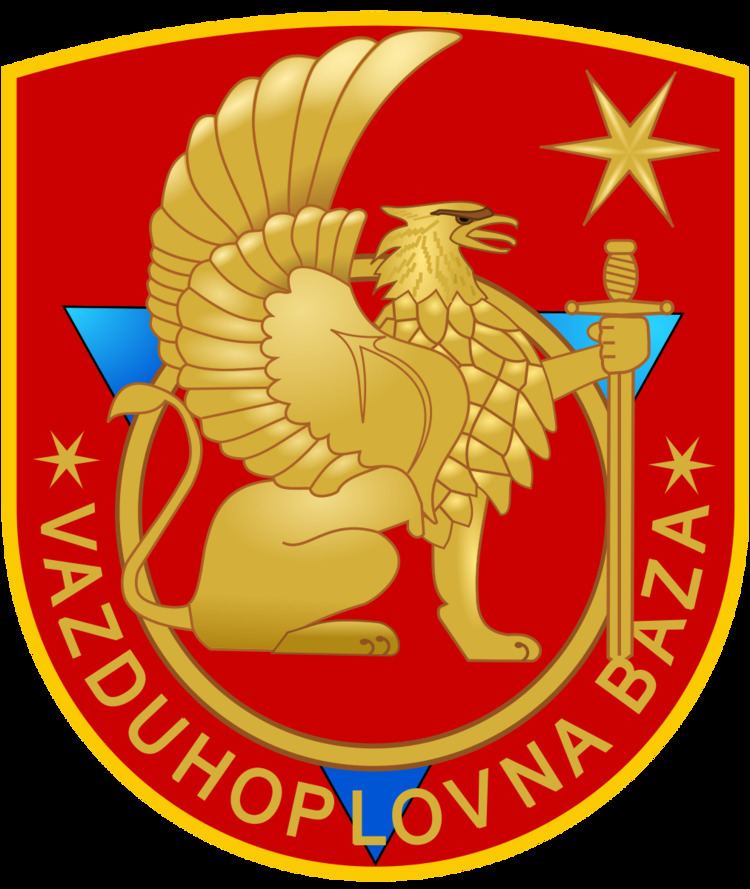Founded 2006 Size 15 aircraft | ||
 | ||
Branch Air Force and Air Defense Role Defending Montenegrin Air Space | ||
The Montenegrin Air Force (Montenegrin: Vazduhoplovstvo i protivvazdušna odbrana - V i PVO) is the air arm of the Military of Montenegro. The aircraft marking of the Montenegrin Air Force consist of a red-on-gold roundel, currently being the sole air arm using the latter colour in its official insignia.
Contents
History
The Kingdom of Montenegro entered the era of flight with the opening of its first airport in the capital city of Cetinje. Its military followed suite with the use of aircraft in the Balkan Wars and in World War I and II. The country's first air units to be formed were the 111.lovacki Aviation Regiment in 1944 and the 172.lovacko bomber aviation regiment in 1949.
After the second World War, Montenegro was absorbed into Socialist Yugoslavia, and the armed forces came under a new command. In 1991 the country was dissolved with the end of the Cold War, thus the republics of Serbia and Montenegro established the Federal Republic of Yugoslavia. The Air Force was renamed the Air Force of Serbia and Montenegro, (also known as the Air Force of Yugoslavia). In the spring of 1999 they suffered heavy losses in Operation:Allied Force, during the Kosovo War. After years of political turmoil Montenegro declared its independence in June 2006, putting an end to the Serbia and Montenegro State.
Aircraft inventory
Following the dissolution of the state union of Serbia and Montenegro, the newly formed Republic of Montenegro was left with a considerable number of aircraft at the Golubovci airbase, more than required for its own needs. After the break-up, speculation arose regarding the division of the aircraft, but the Serbian Ministry of Defense issued a statement declaring that the eventual division of the fleet was not in either country's interest. However, a total of 11 G-4 Super Galebs, of which 8 are airworthy, were still located at the base in 2008. An official decision regarding their fate has not been made, but most likely they will not be operated by Montenegro due to expensive operating costs. The four Utva 75 trainer aircraft have a better chance to become operational, although no decision about them has been made yet.
